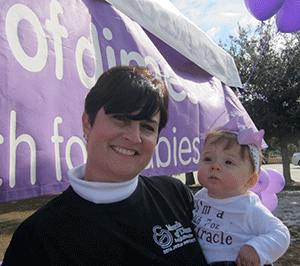
Traveling While Pregnant The ideal time for traveling during your pregnancy is probably in the middle, somewhere around 14 to 28 weeks. Most typical pregnancy emergencies generally occur during the first and third trimesters. Soon after 28 weeks, it could be more difficult for you to move about or stay seated for an extended time. When planning a car trip, try to keep each day’s drive brief. Make an effort to limit driving to a maximum of 5 to 6 hours per day. Make sure you wear your seat belt each time you travel in a automobile. Plan on making numerous stops to stretch out your legs and move around. Travel by air has it’s own issues to think about. Certain domestic airlines restrict flying in the last month of pregnancy or tell you they must have a medical certificate to let you travel. Other airlines try to discourage flying after 36 weeks. When you plan an international flight, understand that the deadline for traveling with international airlines is usually earlier. To help make your flight as comfortable as possible try taking the following steps:
Should you be planning an international trip, your doctor can advise you if travel beyond the United States is safe for you and inform you as to what actions to take prior to your trip. The CDC is another useful resource for safety tips, travel notifications and current vaccination details for most countries. When you’re pregnant, you shouldn’t visit places which have a risk of malaria, which includes Asia, Central and South America and Africa. Be sure to follow these tips when traveling outside the country:
|
|
 |
|